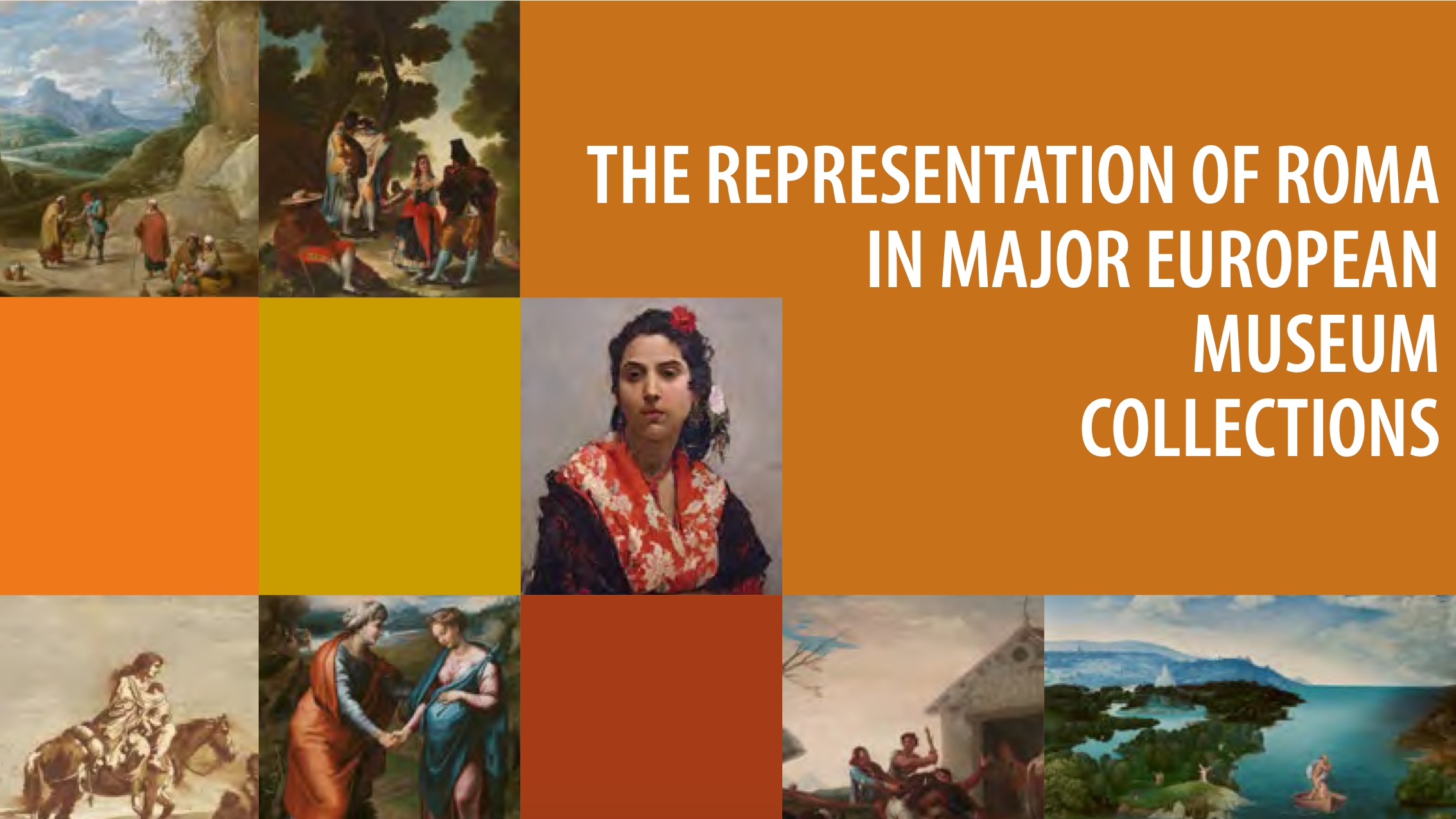Who are the characters wearing their hair in white headwraps in Bosch’s The Haywain Triptych or in The Triumph of Death by Pieter Bruegel the Elder? And the young Maja, in Goya’s painting A Walk in Andalusia? What characterises Madrazo y Garreta's painting, A Gypsy woman? What do these works of art teach us about the time of their creation? What do they teach us about interactions between the majority population and minorities?
The Council of Europe publication “Representation of Roma in major European museum collections: Volume 2 - the Prado” provides answers and explanations while and at the same time questioning the place given to Roma in the Prado collections. This pedagogical guide highlights the perception of Roma among the general public and gives an idea of the complex mechanisms that construct stereotypes underlying discrimination. In addition, it helps the reader to understand the role and contribution of Roma to European history.
The previous publication “The representation of Roma in major European museum collections. Volume 1 – The Louvre” focuses on what some of the works exhibited at the Louvre Museum tell us about the place and perception of Roma in Europe from the 15th to the 19th century while the "Volume 2 – The Prado” focuses on what some of the works exhibited at the Madrid Museum tell us about the place and perception of Roma in Europe from the 16th to the 19th century.
Students, teachers, and indeed all other visitors to the Prado Museum who are interested in this theme, will find detailed worksheets on 15 paintings representing Roma and Travellers, as well as an explanatory booklet, to encourage and foster reflection on their context, whilst creating links with our contemporary perception of Roma and Travellers in today’s society.
Combating anti-Gypsyism and discrimination in its diverse forms constitutes one of the priority areas of the Council of Europe’s Strategic Action Plan for Roma and Traveller Inclusion (2020-2025).
In order to achieve this, it is necessary to improve the wider public’s understanding of Roma history and the place of Roma in European history. Knowing and understanding Roma and Travellers, their customs, their professions, their history, their migration and the laws affecting them are indispensable elements for understanding the situation of Roma and Travellers today and the discrimination they face.




